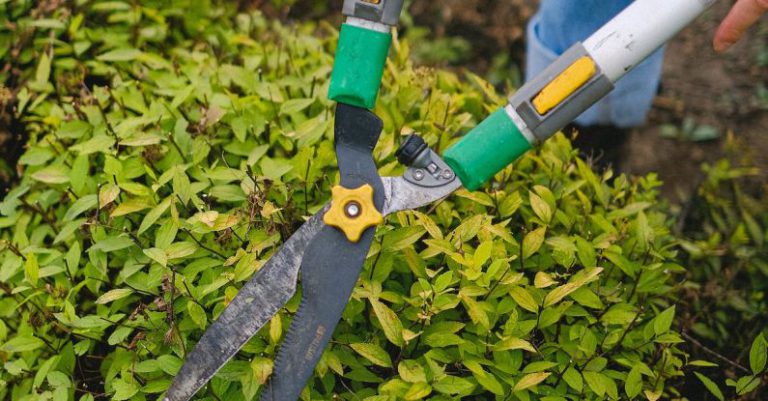What Are the Best Techniques for Soil Improvement?
Soil improvement is a crucial aspect of gardening and agriculture. Healthy soil provides the necessary nutrients for plants to grow and thrive. However, not all soil is created equal, and some may require additional techniques to enhance its quality. In this article, we will explore some of the best techniques for soil improvement.
Organic Matter Addition
One of the most effective ways to improve soil is by adding organic matter. This can be accomplished by incorporating compost, manure, or other organic materials into the soil. Organic matter improves the soil’s structure, increases its water-holding capacity, and enhances nutrient availability. It also promotes beneficial microbial activity, which aids in breaking down organic matter and releasing nutrients to plants.
Cover Cropping
Cover cropping involves planting specific crops, such as legumes or grasses, to cover the soil’s surface during periods when there are no primary crops. Cover crops help prevent soil erosion, suppress weed growth, and add organic matter to the soil when they are incorporated. They also increase biodiversity and attract beneficial insects, thus contributing to overall soil health.
Crop Rotation
Crop rotation is a technique that involves changing the type of crops grown in a specific area from season to season. This practice helps break the cycle of pests and diseases that may affect specific crops. Additionally, different crops have different nutrient requirements, and rotating crops helps prevent nutrient depletion in the soil.
Mulching
Mulching is the process of covering the soil surface with a layer of organic or inorganic material. Organic mulches, such as wood chips or straw, help retain moisture, regulate soil temperature, and suppress weed growth. Inorganic mulches, such as plastic or landscape fabric, are useful in areas where weed control is a significant concern. Mulching also enhances soil structure as it decomposes over time, improving overall soil health.
Terracing
Terracing is a technique commonly used in hilly or sloping areas to prevent soil erosion and water runoff. It involves creating flat, leveled areas on slopes by building retaining walls or embankments. Terracing helps slow down water flow, allowing it to infiltrate into the soil rather than running off. This technique also helps prevent nutrient loss and enables easier cultivation in steep areas.
Soil Testing
Before implementing any soil improvement techniques, it is essential to conduct a soil test. Soil testing helps determine the specific nutrient deficiencies or imbalances present in the soil. Based on the test results, appropriate amendments can be added to the soil to correct any deficiencies. This targeted approach ensures that the soil receives the necessary nutrients, leading to optimal plant growth.
Water Management
Proper water management is crucial for soil improvement. Overwatering can lead to waterlogged soil, which deprives plant roots of oxygen and can cause root rot. On the other hand, underwatering can result in dry, compacted soil that is difficult for plants to grow in. Understanding the water requirements of different plants and adjusting irrigation accordingly helps maintain soil moisture at an optimal level.
Conclusion
Improving soil quality is essential for successful gardening and agriculture. By incorporating organic matter, using cover crops, practicing crop rotation, mulching, terracing, conducting soil tests, and managing water effectively, gardeners and farmers can enhance soil health and promote optimal plant growth. Implementing these techniques will not only result in better yields but also contribute to sustainable and environmentally friendly practices. Remember, healthy soil is the foundation for a thriving garden or farm.






